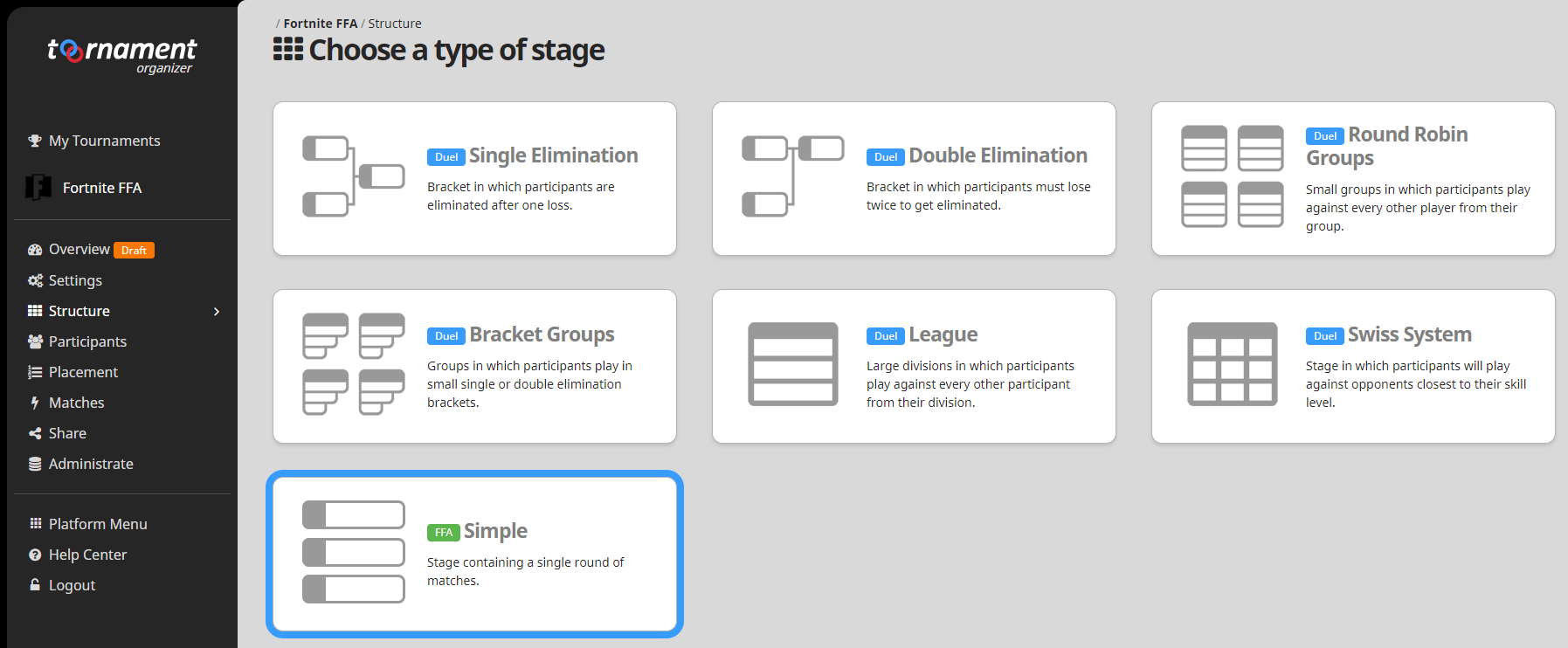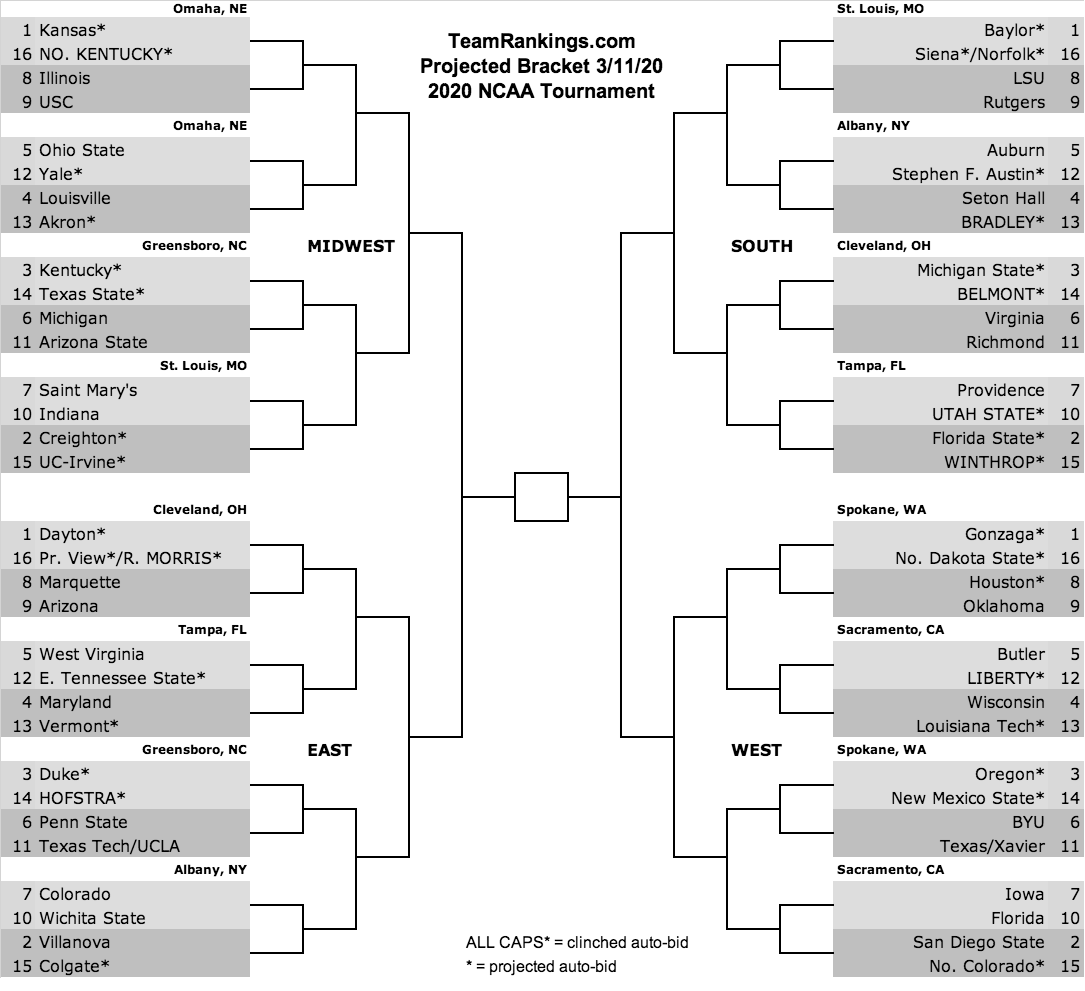Tournament Bracket Point System Average ratng: 3,5/5 3363 votes
- Tournament Bracket Point Systematic
- Ncaa Tournament Bracket Point System
- Tournament Bracket Point System
Super Mario Bros. 3 Any% Warpless Point System Tournament 15 Players. Single Elimination. Super Mario Bros. 3; April 1, 2020 at 9:00 AM EDT Organized by mitchflowerpower. Facebook; Twitter. View the Bracket Module Instructions. How to make your selections. You may enter your selections by completing a Tournament bracket following the posted instructions. From all eligible brackets received, the Grand Prize winner will be determined based on their ability to accumulate the most points during the Tournament as a.
It’s easy enough to team score a wrestling dual meet: your team gets three points for a decision, four points for a major decision, five points for a technical fall, and six points for a forfeit or a fall. There are no team points assigned for a double forfeit. Certain infractions can result in a point being taken away from a team score.
Easy, right?

Well, team scoring for a tournament is a good deal more complex. Fasten your seatbelt, please.
Tournament Bracket Point Systematic

There are three pools from which to draw team points in a bracket style tournament: advancement points, additional points, and placement points. We’ll take those one at a time here, starting with advancement points.

Advancement points are fairly simple. As long as you are on the championship side of the bracket, you get two points for each win. Once you’ve lost a match and move to the consolation side of the bracket, wins only earn one team point.
The only tricky thing here is that if you win by a bye, you typically only get the two advancement points if you win your next match as well.
Additional points are just what the name implies. If you do more than just win by decision, extra points attach to those wins. If you win by a major decision (difference of eight or more points), your team gets an additional point. If you win by technical fall (the match is stopped when the point differential between wrestlers reaches 15 points), your team gets an additional 1.5 points. If you win by pin, forfeit, or disqualification, your team gets an additional 2 points.
Additional points apply on both sides of the bracket.
Ncaa Tournament Bracket Point System
For most of the tournament, all team points awarded are either advancement points or additional points. Toward the end, however, placement points start to kick in.
Most tournaments place six wrestlers per weight class. In these cases, a win in the championship quarterfinals scores three additional points for your team. A win in the championship semifinals scores nine additional points for your team. A win in championship finals earns four additional points for your team.

Wins in the consolation quarters, semis, and finals also score points for your team. A win in the consolation quarterfinals scores three additional team points. A win in the consolation semifinals scores four additional points. A win in the consolation finals (also known as the third-place match) scores two additional team points. And, finally, a win in the fifth-place match also scores two additional team points.
So, the points to be earned increase dramatically late in the tournament, meaning it’s typically difficult to pinpoint which team is going to win a bracket-style tournament until very late in the tournament.
If you carefully follow the placement points through, you can see the method behind the madness. First place will end up with 16 placement points, second place 12 points, third place 9, fourth place 7, fifth place 5, and sixth place 3.
By awarding placement points along the way (as minimum finishing places are secured) instead of only at the end, it removes some of the major shifts in scoring that might otherwise occur late in a tournament. To be sure, shifts do still take place, but scoring placement points along the way helps to spread out the impact.
Tournament Bracket Point System
This scoring described above is the most frequently used scoring for wrestling tournaments. Variations on the theme do exist, however. In Colorado, this scoring is used for regular season tournaments where a regular bracket exists, for league tournaments, regional tournaments, and the state tournament.